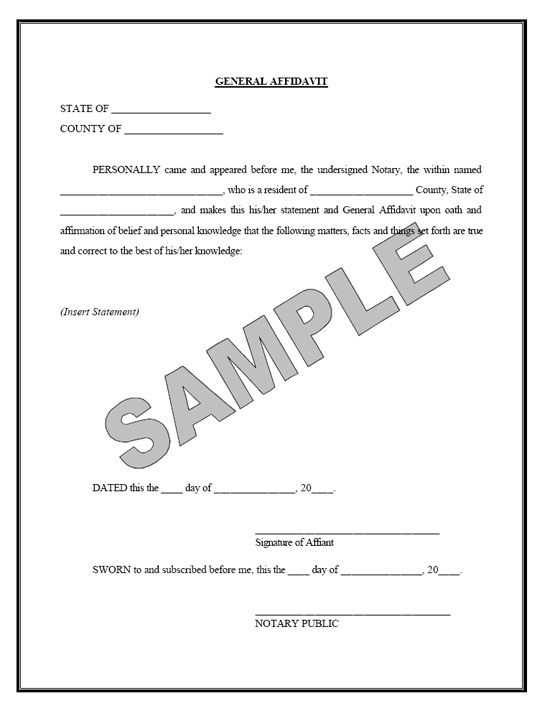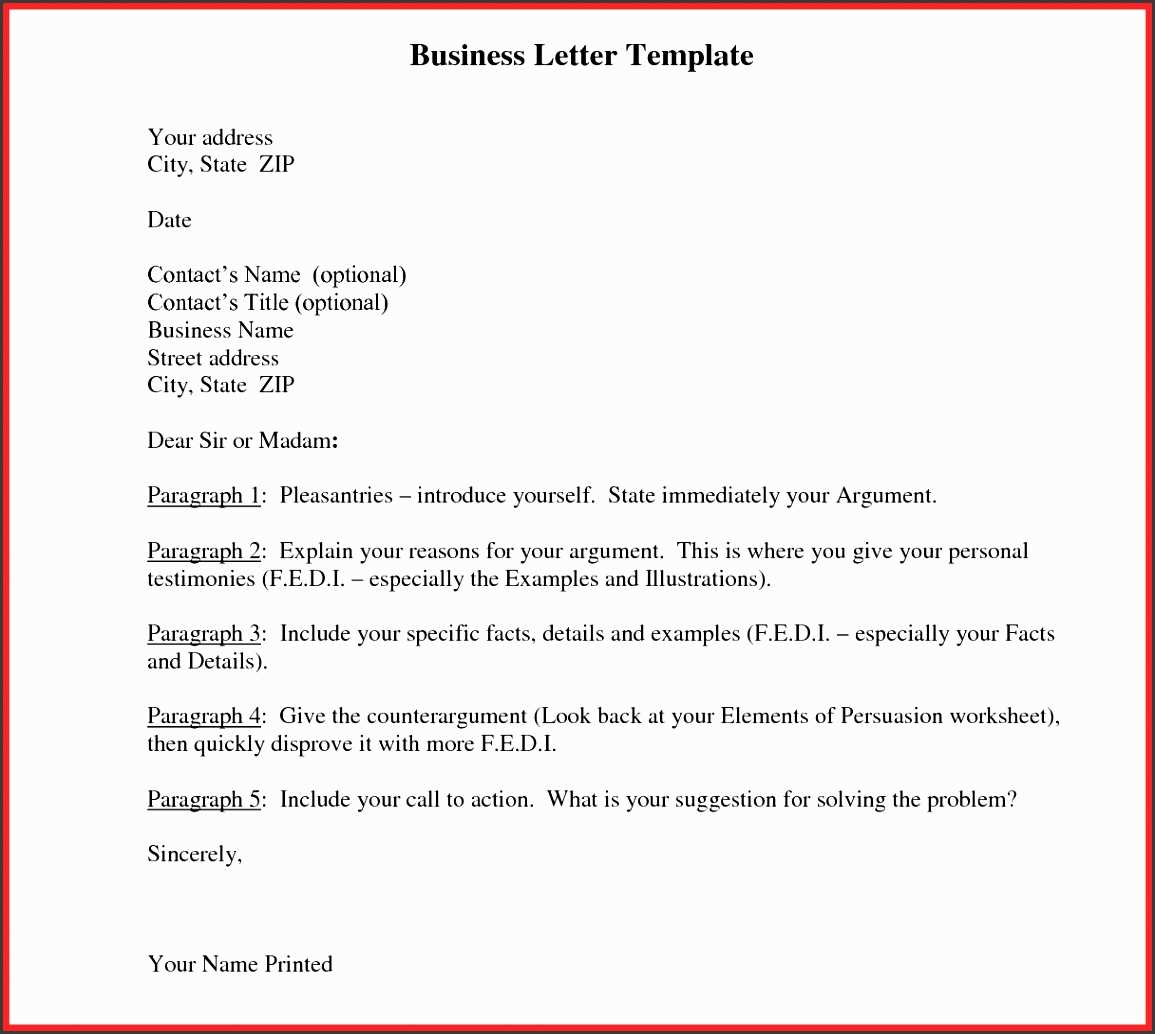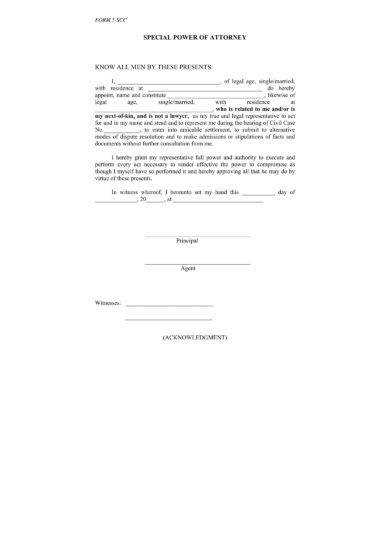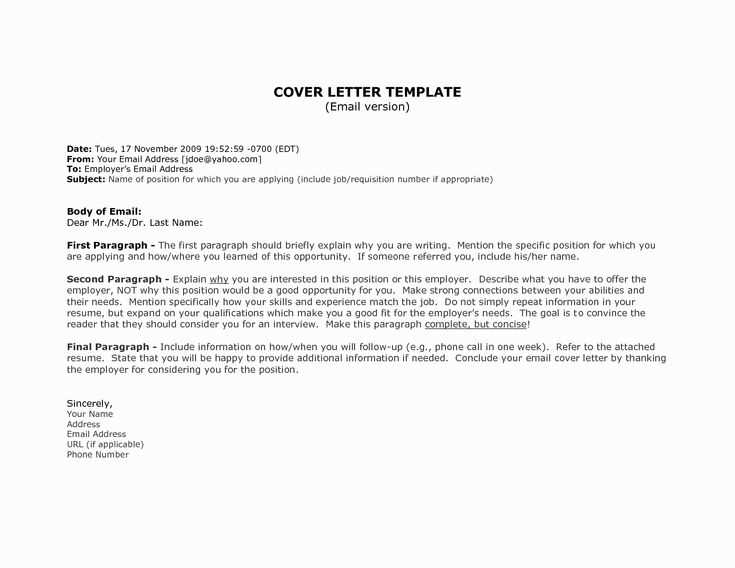POA Letter Template for Clear and Effective Communication

When you need to grant someone the authority to act on your behalf, it’s essential to have a properly structured document. This written agreement ensures that the designated individual has the legal power to make decisions or take actions in specific matters. Having a well-crafted form is crucial for clarity, legal validity, and smooth execution.
Essential Components of the Authorization Document
The key components that should be included in any such agreement are as follows:
- Principal Information: The individual who is granting the authority must be clearly identified with their full name and relevant details.
- Agent Information: The person receiving the authority must be named with their full name and capacity.
- Scope of Authority: A clear description of the actions or decisions the agent is allowed to take on behalf of the principal.
- Effective Date: The start date and, if applicable, the end date of the authorization period.
- Signature and Witnessing: Both the principal and the agent should sign, and depending on local laws, a witness or notary might be required for legal validity.
How to Draft the Document
Begin by identifying the purpose for which the authorization is needed, whether it’s for legal, financial, or personal matters. Next, make sure to include all necessary details about both parties and the scope of authority. Be as specific as possible to avoid any confusion. It’s also a good idea to use clear, concise language to ensure that the terms are easily understood by all parties involved.
Avoiding Common Mistakes
While drafting the document, common errors should be avoided. These include:
- Not being specific enough about the actions the agent is allowed to perform.
- Failing to include proper identification for both parties.
- Omitting necessary signatures or not following legal witnessing requirements.
Legal Considerations
It’s important to understand the legal requirements for such documents. Depending on your jurisdiction, you may need to have the agreement notarized or witnessed by a third party to make it legally binding. Furthermore, ensure that the powers granted are clearly defined to avoid any potential disputes in the future.
Ensuring Validity

To guarantee that the document holds legal weight, it must comply with the local regulations. This may include witnessing by a legal professional, a notary public, or other authorized entities. Always check the specific rules for your region to ensure compliance.
Understanding the Importance of Granting Legal Authority
When you empower someone else to act on your behalf, you provide them with the means to manage your affairs in your absence or when you are unable to do so. This act of delegation is a powerful tool in ensuring that critical tasks are completed without interruption. Whether it’s managing financial matters, making healthcare decisions, or handling legal obligations, having a properly constructed document is vital for clarity and protection.
Key Elements to Include in the Document

For an authorization document to be effective and legally binding, it must contain specific components. First, clearly identify both the person granting authority and the person receiving it. The document should outline the scope of the powers being granted, making sure it is specific and well-defined. Additionally, it should state the duration of the agreement, including any expiration dates or conditions for termination. Both parties must sign the document, and in some cases, a witness or notary public is required to verify the legitimacy of the signatures.
How to Draft the Authorization Agreement

Creating a formal authorization begins with stating your intentions clearly. Define what powers are being transferred and ensure that the agent is trustworthy and competent. Avoid using vague language that may lead to confusion. The document should reflect the exact nature of the relationship between the principal and agent, outlining the responsibilities and limitations in detail. Once drafted, review it for accuracy and ensure that it complies with the applicable legal standards.
Common Mistakes to Avoid: It’s important to avoid making several common mistakes when drafting such documents. Not specifying the powers granted, failing to include complete identification details, and neglecting proper signing or witnessing procedures can all render the document ineffective. Always be thorough and precise when including the relevant information to avoid potential complications later on.
Legal Considerations: Laws regarding authorization documents can vary depending on the jurisdiction. It is essential to verify the local legal requirements for such agreements, including notarization and witness specifications. Make sure to comply with any regional regulations to ensure that the document holds up in a legal context.
Best Practices for Notarizing and Signing: To protect both parties involved and avoid future legal challenges, ensure that the document is properly notarized or witnessed according to the legal requirements. This process helps confirm the authenticity of the agreement and safeguards against potential fraud. Signing in front of a notary public or an authorized witness adds an extra layer of security to the entire process.